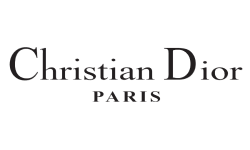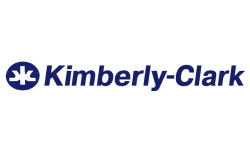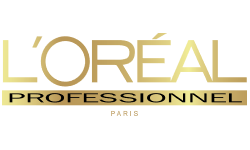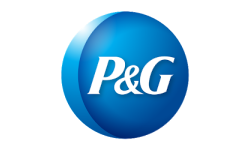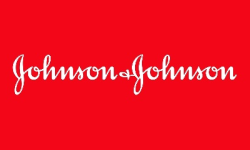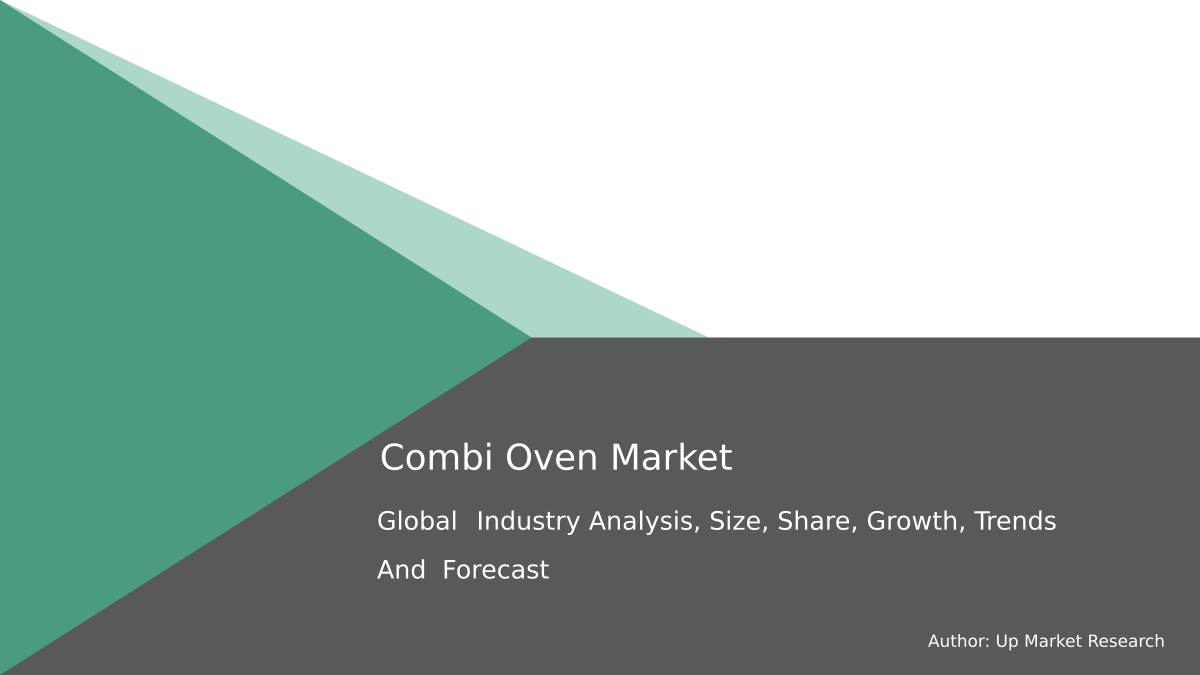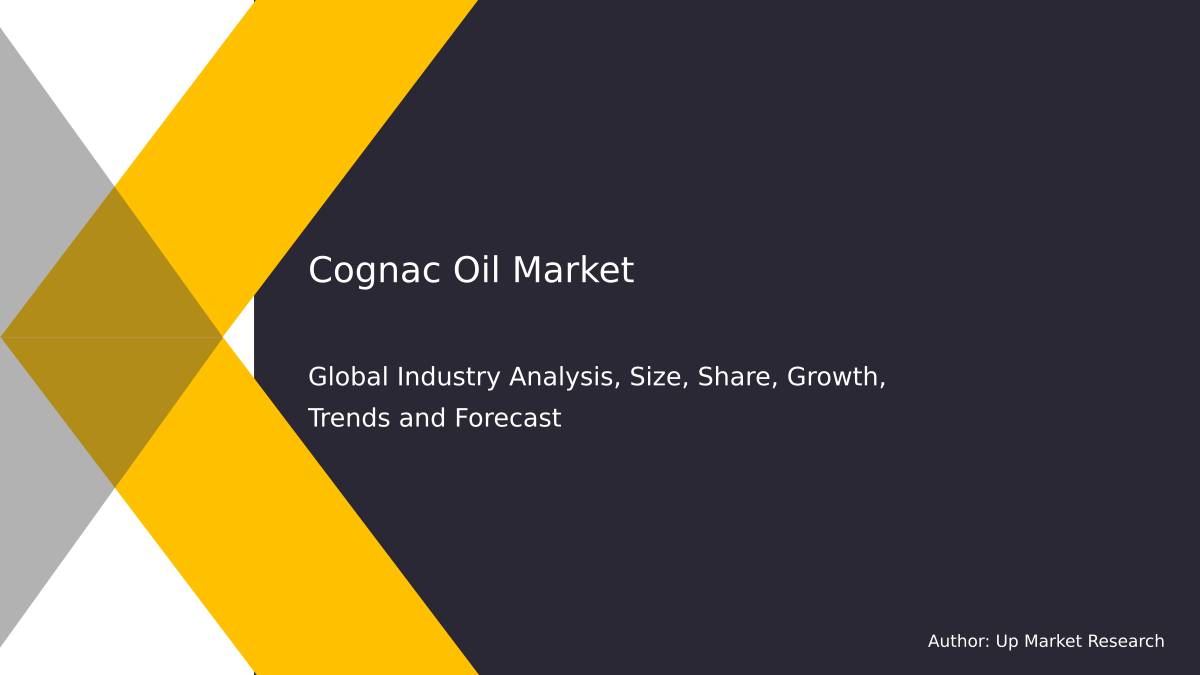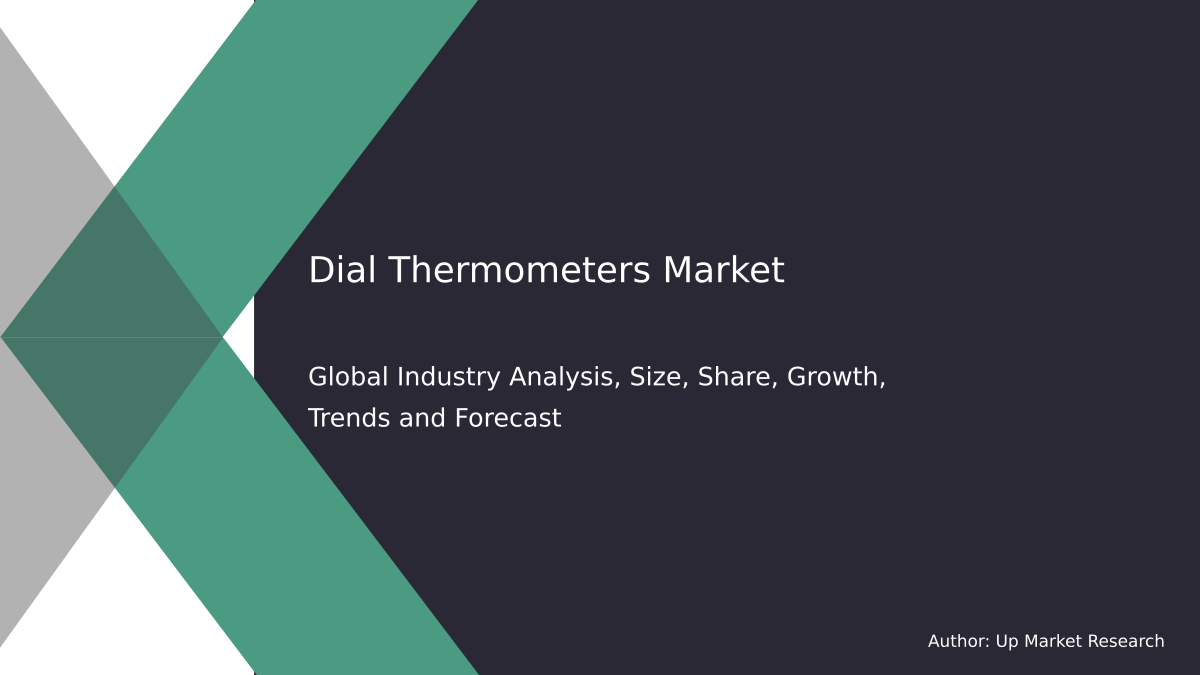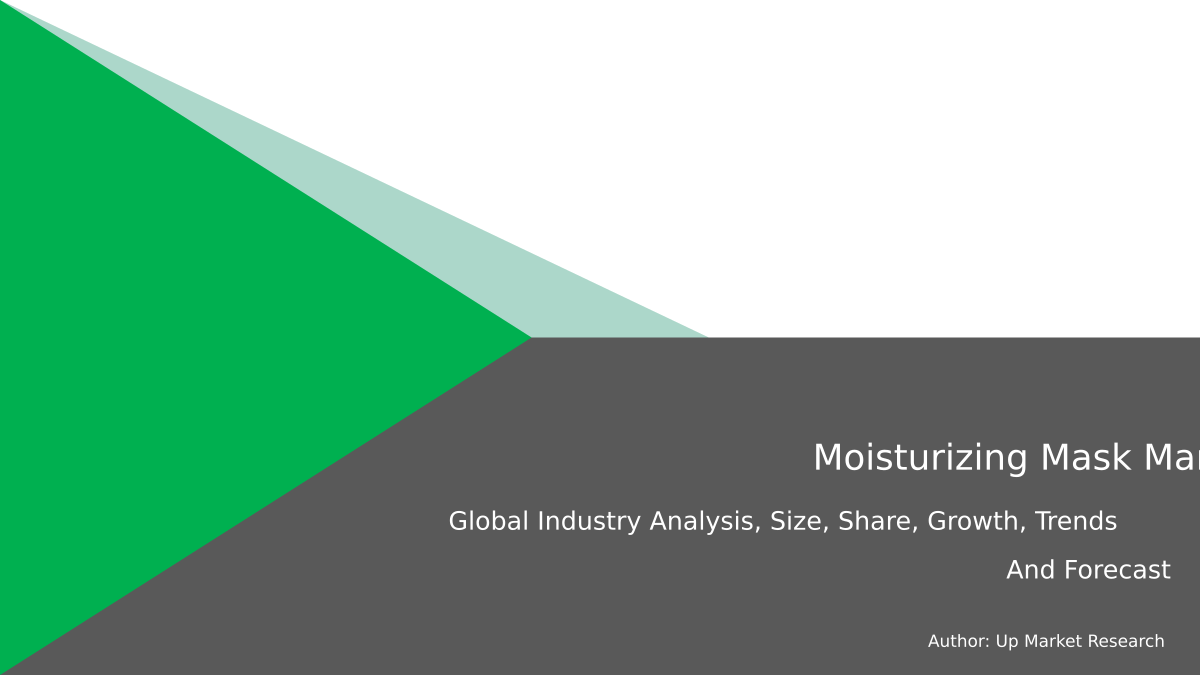
Global Luxury Apparel Market by Distribution Channel (Online Retail, Offline Retail), by End-user (Women, Men) and Region (North America, Latin America, Europe, Asia Pacific and Middle East & Africa), Forecast To 2028
Summary of the Report
Global luxury apparel market was worth USD 67.85 Billion in 2018, growing at a 3.5% CAGR over the forecast period. The growth is expected to be driven by a rising number of millionaires as well as brand loyalty among customers. Consumers are increasingly accepting that luxury goods can help them feel more socially accepted, which is fueling product demand. Demand is also driven by rising disposable income and increased consumer spending on luxury goods.
Luxury apparel is a popular choice for first-time buyers. They want to feel high quality and project a certain image to society. This leads to brand loyalty, which is why they are willing to spend more money on their preferred brands. Luxury brands that are well-recognized have a consistent product quality and care about consumer sentiments. This helps to build brand recognition. The promotion of luxury clothing is also influenced by word-of-mouth.
Luxury apparels have some USPs, such as a higher price range and a higher style quotient. However, there are many duplicates available at lower prices from top brands which is a major drawback for the luxury apparel market. Consumers are less aware of the authenticity of these products and tend to buy fake products. This can affect brand loyalty. According to Assocham, India's fake luxury market is increasing at a rate between 40% and 45% per year. Manufacturers have to be concerned about this as it can not only reduce their market share, but also damage their brand image through low-quality products.
Luxurious clothes are often fashionable, trendy, high-end, and costly. Fashion brands not only offer the latest looks, but also appeal to different cultural trends and street culture in order to attract new customers. Raymond Khadi, an Indian brand has launched a new brand called Raymond Khadi that offers luxury khadi clothing. These types of innovations and developments will continue to attract luxury customers and drive the market.
End-User Information
The market can be divided by end-user into men or women. The largest market share was held by men, with 56.00%. The segment is growing because of the increasing sales of luxury workwear for males. According to a survey, men are more likely than women to spend on luxury items and more inclined to purchase them for their loved ones. It was also discovered that women and men shop for luxury goods at roughly the same rates, with the only difference being the cost per item. Men spend more on luxury apparels because of their average income.
Market for luxury women's apparel is expected to grow at 3.5% over the forecast period.
Distribution Channel Insights
The market can be divided by distribution channel into online and offline retail. Due to the high quality and price of luxury products, offline retail contributed the most to the market in 2018. Before spending a lot on luxury clothing, consumers prefer to check the material and fit of their clothes. The offline channel will likely hold the largest market share. Multi-brand shops and specialist shops offer free alteration for certain clothing items. These factors are driving the expansion of offline distribution channels.
Online channels are expected to grow at the fastest rate during the forecast period. Online retailers that sell multi-brand products and own-branded merchandise interact with consumers. Luxury dresses from all brands aren't readily available in different shops, so they are only accessible to a limited number of consumers. These items can be purchased online by people living in different countries. The multi-brand online platform allows for time-strapped consumers to shop online for luxury apparel.
Regional Insights
In 2018, Europe was the most important regional market for luxury clothing, with France, Germany, the U.K. and Europe leading the pack. Millions of tourists travel to Europe every year because it is one of the most popular tourist destinations. High-class female travelers, from business tycoons to women of high standing, buy expensive clothes while on holiday in Europe. Innovative retail concepts and business models in this region are also driving product sales.
Asia Pacific has seen strong growth in the last few years due to increasing brand awareness among regional consumers. The highest penetration rates for luxury clothing are in India, China, Hong Kong and Hong Kong. Many brands are expanding their reach into the region, and opening stores to meet the growing demand. Some companies also looked into the luxury market for children's wear and tried to get in on this market.
Market Share Insights & Key Companies
Among others, Burberry and Prada are some of the market leaders. The majority of the manufacturers are located in Europe and North America. Small players are restricted from entering this market due to the high barriers to entry.
A highly competitive market place means that strong marketing campaigns are essential to maintain consumer interest. The key players have begun to hire celebrities for marketing and promotional purposes. Rihanna and the luxury conglomerate LVMH launched Fenty Maison, a luxury brand in the luxury products segment.
Luxury Apparel Market Report Scope
The Report Covers Certain Segments
This report predicts revenue growth at the global, regional and country level and offers an analysis of industry trends for each sub-segment from 2015 to 2025. Grand View Research segmented the global luxury clothing market report based on end-user, distribution channel and region.
-
End-User Outlook (Revenue, USD Billion, 2015 - 2025)
-
Men
-
Women
-
-
Distribution Channel Outlook (Revenue USD Billion, 2015-2025)
-
Online Retail
-
Online Shopping
-
-
Regional Outlook (Revenue USD Billion, 2015-2025)
-
North America
-
The U.S.
-
-
Europe
-
The U.K.
-
Germany
-
France
-
-
Asia Pacific
-
Japan
-
China
-
-
Central & South America
-
Middle East & Africa
-
Turkey
-
-
These are the most frequently asked questions about this report
What is the size of the luxury apparel market?b. Global luxury apparel market was valued at USD 70.35 Billion in 2019, and is forecast to grow to USD 72.13 Billion by 2020.
How is the luxury apparel market growing?b. Global luxury apparel market to reach USD 84.5 billion by 2025 is expected to grow at 3.1% compound annual growth rate between 2019 and 2025.
Which segment had the largest share of luxury apparel sales?b. With a 39.5% share in 2019, Europe was the dominant market for luxury apparel. This can be attributed to the rapid growth of distribution channels in countries like Germany and the U.K.
What are the main players in the luxury apparel market?b. Giorgio Armani and Burberry are some of the key players in luxury apparel markets.
What are the key factors that drive the luxury apparel marketb. b.
Up Market Research published a new report titled “Luxury Apparel Market research report which is segmented by Distribution Channel (Online Retail, Offline Retail), by End-user (Women, Men), By Players/Companies Kate Spade, Burberry, Phillip Lim, Dolce & Gabbana, PVH Corp (Calvin Klein), Giorgio Armani, Prada”. As per the study the market is expected to grow at a CAGR of XX% in the forecast period.
| Report Attributes | Report Details |
| Report Title | Luxury Apparel Market Research Report |
| By Distribution Channel | Online Retail, Offline Retail |
| By End-user | Women, Men |
| By Companies | Kate Spade, Burberry, Phillip Lim, Dolce & Gabbana, PVH Corp (Calvin Klein), Giorgio Armani, Prada |
| Regions Covered | North America, Europe, APAC, Latin America, MEA |
| Base Year | 2020 |
| Historical Year | 2018 to 2019 (Data from 2010 can be provided as per availability) |
| Forecast Year | 2028 |
| Number of Pages | 212 |
| Number of Tables & Figures | 149 |
| Customization Available | Yes, the report can be customized as per your need. |
The report covers comprehensive data on emerging trends, market drivers, growth opportunities, and restraints that can change the market dynamics of the industry. It provides an in-depth analysis of the market segments which include products, applications, and competitor analysis.

Global Luxury Apparel Market Report Segments:
The market is segmented by Distribution Channel (Online Retail, Offline Retail), by End-user (Women, Men).
Luxury Apparel Market research report delivers a close watch on leading competitors with strategic analysis, micro and macro market trend and scenarios, pricing analysis and a holistic overview of the market situations in the forecast period. It is a professional and a detailed report focusing on primary and secondary drivers, market share, leading segments and geographical analysis. Further, key players, major collaborations, merger & acquisitions along with trending innovation and business policies are reviewed in the report.
Key Benefits for Industry Participants & Stakeholders:
- Industry drivers, restraints, and opportunities covered in the study
- Neutral perspective on the market performance
- Recent industry trends and developments
- Competitive landscape & strategies of key players
- Potential & niche segments and regions exhibiting promising growth covered
- Historical, current, and projected market size, in terms of value
- In-depth analysis of the Luxury Apparel Market
Overview of the regional outlook of the Luxury Apparel Market:
Based on region, the market is segmented into North America, Europe, Asia Pacific, Latin America and Middle East & Africa (MEA). North America region is further bifurcated into countries such as U.S., and Canada. The Europe region is further categorized into U.K., France, Germany, Italy, Spain, Russia, and Rest of Europe. Asia Pacific is further segmented into China, Japan, South Korea, India, Australia, South East Asia, and Rest of Asia Pacific. Latin America region is further segmented into Brazil, Mexico, and Rest of Latin America, and the MEA region is further divided into GCC, Turkey, South Africa, and Rest of MEA.

Highlights of The Luxury Apparel Market Report:
- The market structure and projections for the coming years.
- Drivers, restraints, opportunities, and current trends of Luxury Apparel Market.
- Historical data and forecast.
- Estimations for the forecast period 2028.
- Developments and trends in the market.
1. Online Retail
2. Offline Retail
7. By End-user:1. Women
2. Men
- Market scenario by region, sub-region, and country.
- Market share of the market players, company profiles, product specifications, SWOT analysis, and competitive landscape.
- Analysis regarding upstream raw materials, downstream demand, and current market dynamics.
- Government Policies, Macro & Micro economic factors are also included in the report.
We have studied the Luxury Apparel Market in 360 degrees via. both primary & secondary research methodologies. This helped us in building an understanding of the current market dynamics, supply-demand gap, pricing trends, product preferences, consumer patterns & so on. The findings were further validated through primary research with industry experts & opinion leaders across countries. The data is further compiled & validated through various market estimation & data validation methodologies. Further, we also have our in-house data forecasting model to predict market growth up to 2028.
How you may use our products:
- Correctly Positioning New Products
- Market Entry Strategies
- Business Expansion Strategies
- Consumer Insights
- Understanding Competition Scenario
- Product & Brand Management
- Channel & Customer Management
- Identifying Appropriate Advertising Appeals

Reasons to Purchase the Luxury Apparel Market Report:
- The report includes a plethora of information such as market dynamics scenario and opportunities during the forecast period
- Segments and sub-segments include quantitative, qualitative, value (USD Million,) and volume (Units Million) data.
- Regional, sub-regional, and country level data includes the demand and supply forces along with their influence on the market.
- The competitive landscape comprises share of key players, new developments, and strategies in the last three years.
- Comprehensive companies offering products, relevant financial information, recent developments, SWOT analysis, and strategies by these players.
Chapter 2 Assumptions and Acronyms Used
Chapter 3 Research Methodology
Chapter 4 Luxury Apparel Market Overview
4.1 Introduction
4.1.1 Market Taxonomy
4.1.2 Market Definition
4.1.3 Macro-Economic Factors Impacting the Market Growth
4.2 Luxury Apparel Market Dynamics
4.2.1 Market Drivers
4.2.2 Market Restraints
4.2.3 Market Opportunity
4.3 Luxury Apparel Market - Supply Chain Analysis
4.3.1 List of Key Suppliers
4.3.2 List of Key Distributors
4.3.3 List of Key Consumers
4.4 Key Forces Shaping the Luxury Apparel Market
4.4.1 Bargaining Power of Suppliers
4.4.2 Bargaining Power of Buyers
4.4.3 Threat of Substitution
4.4.4 Threat of New Entrants
4.4.5 Competitive Rivalry
4.5 Global Luxury Apparel Market Size & Forecast, 2018-2028
4.5.1 Luxury Apparel Market Size and Y-o-Y Growth
4.5.2 Luxury Apparel Market Absolute $ Opportunity
Chapter 5 Global Luxury Apparel Market Analysis and Forecast by Distribution Channel
5.1 Introduction
5.1.1 Key Market Trends & Growth Opportunities by Distribution Channel
5.1.2 Basis Point Share (BPS) Analysis by Distribution Channel
5.1.3 Absolute $ Opportunity Assessment by Distribution Channel
5.2 Luxury Apparel Market Size Forecast by Distribution Channel
5.2.1 Online Retail
5.2.2 Offline Retail
5.3 Market Attractiveness Analysis by Distribution Channel
Chapter 6 Global Luxury Apparel Market Analysis and Forecast by End-user
6.1 Introduction
6.1.1 Key Market Trends & Growth Opportunities by End-user
6.1.2 Basis Point Share (BPS) Analysis by End-user
6.1.3 Absolute $ Opportunity Assessment by End-user
6.2 Luxury Apparel Market Size Forecast by End-user
6.2.1 Women
6.2.2 Men
6.3 Market Attractiveness Analysis by End-user
Chapter 7 Global Luxury Apparel Market Analysis and Forecast by Region
7.1 Introduction
7.1.1 Key Market Trends & Growth Opportunities by Region
7.1.2 Basis Point Share (BPS) Analysis by Region
7.1.3 Absolute $ Opportunity Assessment by Region
7.2 Luxury Apparel Market Size Forecast by Region
7.2.1 North America
7.2.2 Europe
7.2.3 Asia Pacific
7.2.4 Latin America
7.2.5 Middle East & Africa (MEA)
7.3 Market Attractiveness Analysis by Region
Chapter 8 Coronavirus Disease (COVID-19) Impact
8.1 Introduction
8.2 Current & Future Impact Analysis
8.3 Economic Impact Analysis
8.4 Government Policies
8.5 Investment Scenario
Chapter 9 North America Luxury Apparel Analysis and Forecast
9.1 Introduction
9.2 North America Luxury Apparel Market Size Forecast by Country
9.2.1 U.S.
9.2.2 Canada
9.3 Basis Point Share (BPS) Analysis by Country
9.4 Absolute $ Opportunity Assessment by Country
9.5 Market Attractiveness Analysis by Country
9.6 North America Luxury Apparel Market Size Forecast by Distribution Channel
9.6.1 Online Retail
9.6.2 Offline Retail
9.7 Basis Point Share (BPS) Analysis by Distribution Channel
9.8 Absolute $ Opportunity Assessment by Distribution Channel
9.9 Market Attractiveness Analysis by Distribution Channel
9.10 North America Luxury Apparel Market Size Forecast by End-user
9.10.1 Women
9.10.2 Men
9.11 Basis Point Share (BPS) Analysis by End-user
9.12 Absolute $ Opportunity Assessment by End-user
9.13 Market Attractiveness Analysis by End-user
Chapter 10 Europe Luxury Apparel Analysis and Forecast
10.1 Introduction
10.2 Europe Luxury Apparel Market Size Forecast by Country
10.2.1 Germany
10.2.2 France
10.2.3 Italy
10.2.4 U.K.
10.2.5 Spain
10.2.6 Russia
10.2.7 Rest of Europe
10.3 Basis Point Share (BPS) Analysis by Country
10.4 Absolute $ Opportunity Assessment by Country
10.5 Market Attractiveness Analysis by Country
10.6 Europe Luxury Apparel Market Size Forecast by Distribution Channel
10.6.1 Online Retail
10.6.2 Offline Retail
10.7 Basis Point Share (BPS) Analysis by Distribution Channel
10.8 Absolute $ Opportunity Assessment by Distribution Channel
10.9 Market Attractiveness Analysis by Distribution Channel
10.10 Europe Luxury Apparel Market Size Forecast by End-user
10.10.1 Women
10.10.2 Men
10.11 Basis Point Share (BPS) Analysis by End-user
10.12 Absolute $ Opportunity Assessment by End-user
10.13 Market Attractiveness Analysis by End-user
Chapter 11 Asia Pacific Luxury Apparel Analysis and Forecast
11.1 Introduction
11.2 Asia Pacific Luxury Apparel Market Size Forecast by Country
11.2.1 China
11.2.2 Japan
11.2.3 South Korea
11.2.4 India
11.2.5 Australia
11.2.6 South East Asia (SEA)
11.2.7 Rest of Asia Pacific (APAC)
11.3 Basis Point Share (BPS) Analysis by Country
11.4 Absolute $ Opportunity Assessment by Country
11.5 Market Attractiveness Analysis by Country
11.6 Asia Pacific Luxury Apparel Market Size Forecast by Distribution Channel
11.6.1 Online Retail
11.6.2 Offline Retail
11.7 Basis Point Share (BPS) Analysis by Distribution Channel
11.8 Absolute $ Opportunity Assessment by Distribution Channel
11.9 Market Attractiveness Analysis by Distribution Channel
11.10 Asia Pacific Luxury Apparel Market Size Forecast by End-user
11.10.1 Women
11.10.2 Men
11.11 Basis Point Share (BPS) Analysis by End-user
11.12 Absolute $ Opportunity Assessment by End-user
11.13 Market Attractiveness Analysis by End-user
Chapter 12 Latin America Luxury Apparel Analysis and Forecast
12.1 Introduction
12.2 Latin America Luxury Apparel Market Size Forecast by Country
12.2.1 Brazil
12.2.2 Mexico
12.2.3 Rest of Latin America (LATAM)
12.3 Basis Point Share (BPS) Analysis by Country
12.4 Absolute $ Opportunity Assessment by Country
12.5 Market Attractiveness Analysis by Country
12.6 Latin America Luxury Apparel Market Size Forecast by Distribution Channel
12.6.1 Online Retail
12.6.2 Offline Retail
12.7 Basis Point Share (BPS) Analysis by Distribution Channel
12.8 Absolute $ Opportunity Assessment by Distribution Channel
12.9 Market Attractiveness Analysis by Distribution Channel
12.10 Latin America Luxury Apparel Market Size Forecast by End-user
12.10.1 Women
12.10.2 Men
12.11 Basis Point Share (BPS) Analysis by End-user
12.12 Absolute $ Opportunity Assessment by End-user
12.13 Market Attractiveness Analysis by End-user
Chapter 13 Middle East & Africa (MEA) Luxury Apparel Analysis and Forecast
13.1 Introduction
13.2 Middle East & Africa (MEA) Luxury Apparel Market Size Forecast by Country
13.2.1 Saudi Arabia
13.2.2 South Africa
13.2.3 UAE
13.2.4 Rest of Middle East & Africa (MEA)
13.3 Basis Point Share (BPS) Analysis by Country
13.4 Absolute $ Opportunity Assessment by Country
13.5 Market Attractiveness Analysis by Country
13.6 Middle East & Africa (MEA) Luxury Apparel Market Size Forecast by Distribution Channel
13.6.1 Online Retail
13.6.2 Offline Retail
13.7 Basis Point Share (BPS) Analysis by Distribution Channel
13.8 Absolute $ Opportunity Assessment by Distribution Channel
13.9 Market Attractiveness Analysis by Distribution Channel
13.10 Middle East & Africa (MEA) Luxury Apparel Market Size Forecast by End-user
13.10.1 Women
13.10.2 Men
13.11 Basis Point Share (BPS) Analysis by End-user
13.12 Absolute $ Opportunity Assessment by End-user
13.13 Market Attractiveness Analysis by End-user
Chapter 14 Competition Landscape
14.1 Luxury Apparel Market: Competitive Dashboard
14.2 Global Luxury Apparel Market: Market Share Analysis, 2019
14.3 Company Profiles (Details – Overview, Financials, Developments, Strategy)
14.3.1 Kate Spade
14.3.2 Burberry
14.3.3 Phillip Lim
14.3.4 Dolce & Gabbana
14.3.5 PVH Corp (Calvin Klein)
14.3.6 Giorgio Armani
14.3.7 Prada
The global Luxury Apparel market has been segmented based on
By Distribution Channel
- Online Retail
- Offline Retail
- Women
- Men
- Asia Pacific
- North America
- Latin America
- Europe
- Middle East & Africa
- Kate Spade
- Burberry
- Phillip Lim
- Dolce & Gabbana
- PVH Corp (Calvin Klein)
- Giorgio Armani
- Prada
Related Reports
Some other reports from this category!


